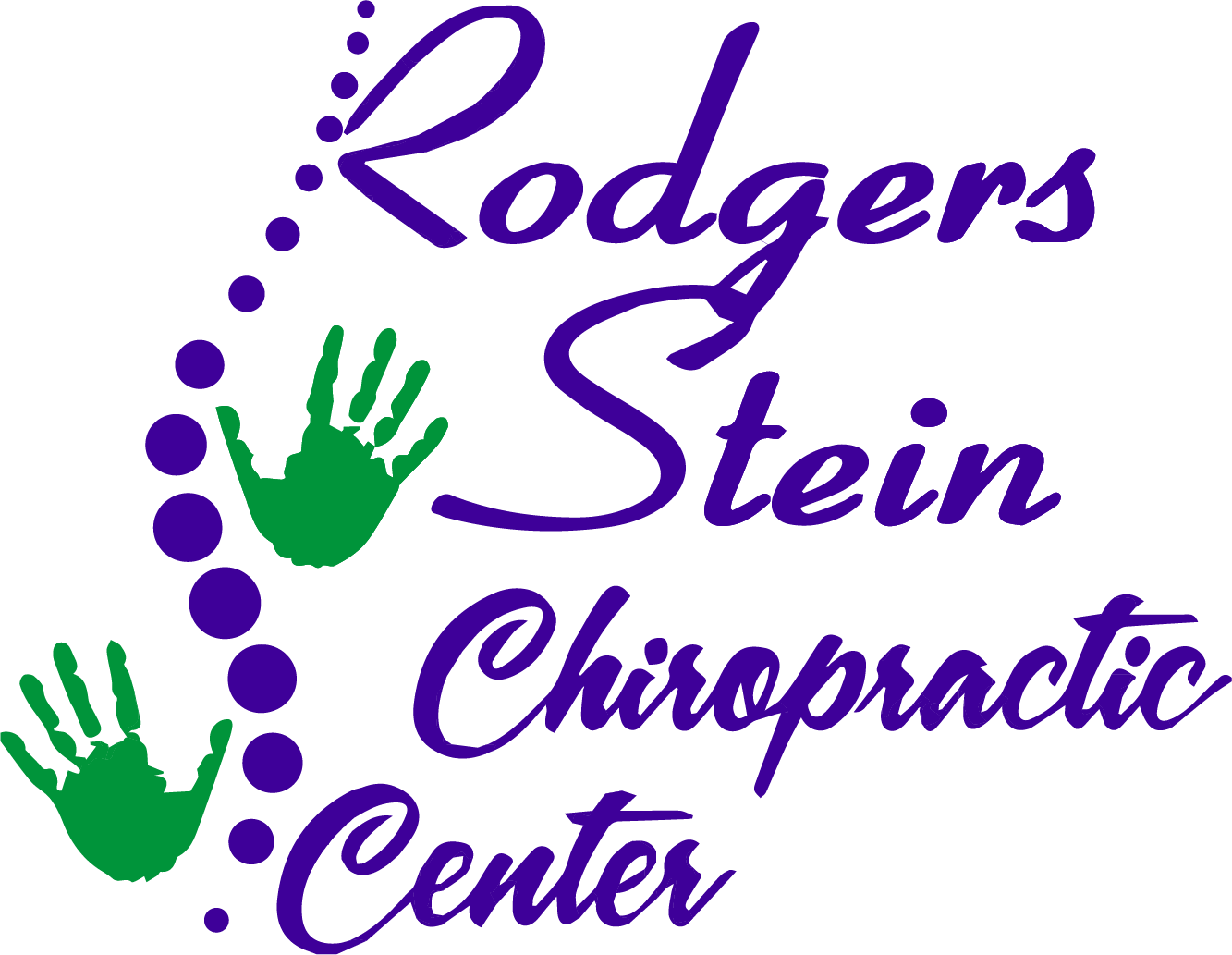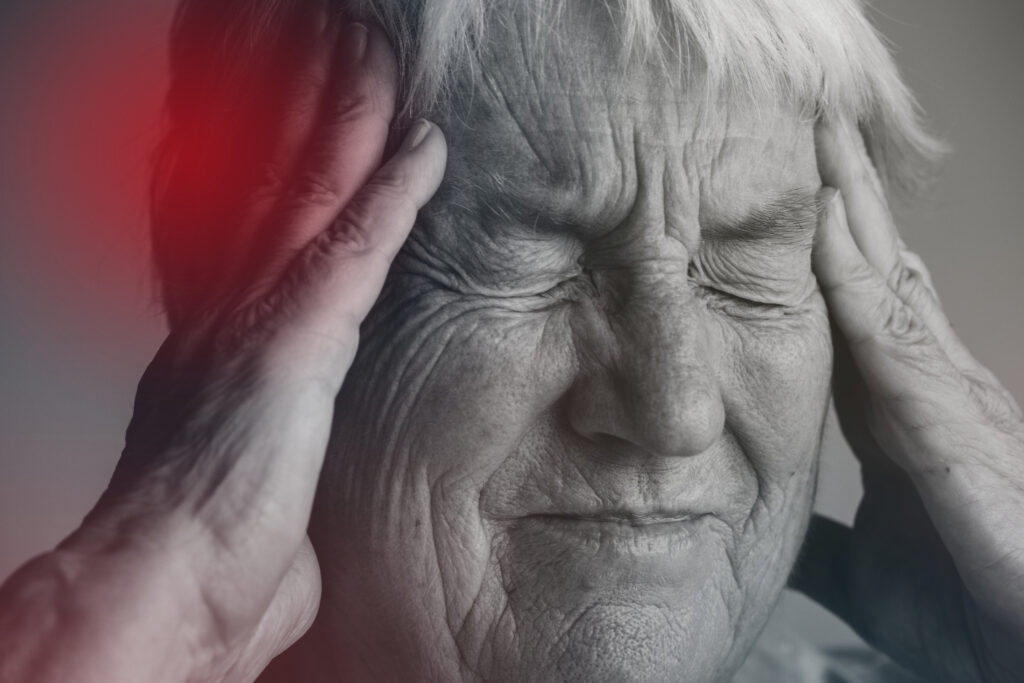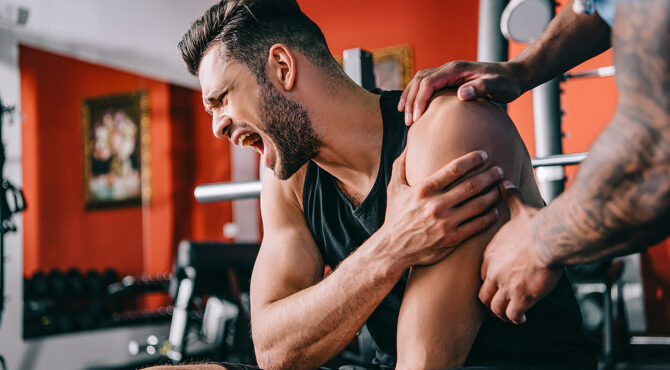If you're maneuvering the challenges of chronic pain, you might find yourself searching for effective, natural ways to alleviate discomfort. You don't have to rely solely on medications; various strategies can help you regain control and enhance your quality of life. From mindfulness practices to dietary adjustments and exercise routines, there are numerous avenues to explore. Each method offers unique benefits, but knowing how to implement them effectively is essential. Let's examine these approaches to discover which ones could fit seamlessly into your lifestyle.
Mindfulness and Meditation
Mindfulness and meditation can be powerful tools in managing chronic pain. By focusing on the present moment, you can create a sense of calm, which helps reduce the anxiety and stress often associated with pain. Engaging in mindfulness practices allows you to observe your body and thoughts without judgment, giving you a better understanding of your pain's nature and impact.
When you meditate, you train your mind to acknowledge discomfort without becoming overwhelmed by it. You might start with just a few minutes each day, gradually increasing the time as you grow more comfortable. Techniques like deep breathing or body scans can help you connect with your body, allowing you to identify areas of tension or discomfort.
When you concentrate on your breath, it can divert your attention from pain, helping to create a mental space where pain feels less intrusive.
Additionally, incorporating mindfulness into your daily routine can enhance your overall well-being. Whether you're drinking a cup of tea or taking a walk, try to focus on the sensations and experiences without distraction.
This practice cultivates a greater awareness of your body and its signals, empowering you to respond to pain more effectively.
Regular Exercise
Regular exercise can be a powerful tool in managing chronic pain.
Whether it's gentle stretching, walking, or more structured workouts, finding the right type for you is essential.
Types of Exercise
Engaging in exercise consistently can greatly alleviate chronic pain and improve your overall well-being. When it comes to types of exercise, you have several options that can be tailored to your specific needs. Low-impact activities like walking, swimming, and cycling are fantastic choices. These exercises help strengthen your muscles without putting too much strain on your joints.
Stretching is another essential type of exercise. Incorporating gentle stretches into your routine can enhance flexibility and reduce stiffness, making daily activities easier. Yoga and Pilates offer a blend of stretching and strength-building, focusing on mindful movements that promote relaxation and pain relief.
Strength training shouldn't be overlooked either. Using light weights or resistance bands can help build muscle, which in turn supports your joints and protects against further injury. Just remember to start slow and gradually increase your intensity as your body allows.
Finally, consider incorporating balance exercises. Activities like tai chi or simple balance drills can improve coordination and stability, reducing the risk of falls and injuries.
Consistency Is Key
When it comes to managing chronic pain, sticking to a consistent exercise routine is essential. Regular physical activity helps strengthen your muscles, improve flexibility, and boost your overall well-being.
It's not just about moving your body; it's about creating a habit that can greatly reduce pain over time.
To get started, choose activities you enjoy, whether it's walking, swimming, or yoga. Aim for a balanced routine that incorporates both aerobic exercises and strength training. Set realistic goals, and remember that quality matters more than quantity. Even short sessions can be beneficial if done consistently.
Try to schedule your workouts at the same time each day to build a habit. Consistency allows your body to adapt and respond positively to the exercises, leading to better outcomes. If you miss a day, don't be hard on yourself; just get back on track the next day.
Track your progress to stay motivated. Celebrate small victories, like completing a week of workouts or increasing your endurance.
Listen to Your Body
Listening to your body is essential in your journey to manage chronic pain through exercise. You know your body better than anyone else, so tune in to its signals. If you feel pain or discomfort during a workout, don't push through it. Instead, take a step back and assess what you need. Modify your routine or choose gentler exercises, like swimming or yoga, that are easier on your joints.
Regular exercise should feel rewarding, not punishing. Find activities you enjoy and that fit your capabilities. Start slow—short sessions can be more beneficial than overdoing it. Gradually increase intensity as your body allows.
Remember, consistency is important, but so is listening to your limits. Pay attention to how your body responds after workouts. Are you recovering well, or do you feel worse? Adjust your routine based on your experiences. Incorporate rest days to allow your body to heal and recharge.
Ultimately, being in tune with yourself empowers you to make informed decisions about your exercise plan. This self-awareness is a vital step toward managing your chronic pain naturally and improving your overall well-being.
Healthy Diet
A healthy diet plays an essential role in managing chronic pain naturally. What you eat can directly influence inflammation levels in your body, which is often a significant contributor to pain. By focusing on whole, nutrient-dense foods, you'll provide your body with the necessary support to reduce pain and improve overall well-being.
Start by incorporating plenty of fruits and vegetables into your meals. These foods are rich in antioxidants and anti-inflammatory compounds that help combat pain. Aim for a colorful variety to guarantee you're getting a broad spectrum of nutrients. Leafy greens, berries, and citrus fruits are especially beneficial.
Next, include healthy fats in your diet, such as those found in avocados, nuts, and fatty fish like salmon. Omega-3 fatty acids, in particular, have been shown to reduce inflammation and may help alleviate chronic pain. Whole grains, like quinoa and brown rice, can also provide steady energy and valuable nutrients without the inflammatory effects of refined grains.
Don't forget about hydration. Drinking plenty of water helps maintain joint lubrication and can reduce discomfort. Avoid processed foods, sugary snacks, and excessive alcohol, as these can exacerbate inflammation and lead to increased pain.
Lastly, consider meal timing and portion sizes. Eating smaller, more frequent meals can help stabilize blood sugar levels, preventing energy crashes that might lead to increased sensitivity to pain.
Herbal Remedies
While many people seek conventional treatments for chronic pain, herbal remedies can offer a natural alternative worth exploring. If you're tired of relying solely on medications, consider incorporating certain herbs into your routine. Many have been used for centuries and are backed by research for their pain-relieving properties.
Turmeric, for instance, contains curcumin, a compound known for its anti-inflammatory effects. Adding turmeric to your meals or taking it as a supplement may help reduce pain associated with conditions like arthritis.
Similarly, ginger is another potent anti-inflammatory herb. You can enjoy it in teas, smoothies, or as a spice in your cooking.
Willow bark is often referred to as nature's aspirin, as it contains salicin, which can alleviate pain and reduce inflammation. Many people find it effective for back pain and headaches.
You might also consider using devil's claw, a traditional remedy from Southern Africa, known for its ability to ease pain and improve mobility.
Don't forget about peppermint, which can be applied topically as an essential oil. It can provide a cooling sensation that helps soothe muscle aches and tension headaches.
Before you start any herbal regimen, it's wise to consult with a healthcare professional, especially if you're taking other medications.
Acupuncture Therapy
Exploring alternative therapies, many people have turned to acupuncture for chronic pain relief. This ancient practice, rooted in Traditional Chinese Medicine, involves inserting thin needles into specific points on your body. It's believed that these points correspond to pathways of energy, or "qi," helping to restore balance and alleviate pain.
When you undergo acupuncture, you're likely to experience a sense of relaxation. Many patients report that it helps reduce pain intensity, improve mobility, and enhance overall well-being. Research supports these claims, showing that acupuncture can be effective for various conditions, including arthritis, migraines, and lower back pain.
Your first acupuncture session usually begins with a thorough assessment. The practitioner will discuss your medical history, pain levels, and treatment goals. This personalized approach guarantees that the acupuncture points targeted are relevant to your specific pain.
During the procedure, you might feel a slight pinch or tingling sensation as the needles are inserted, but most people find it tolerable. Many individuals notice improvements after just a few sessions, but consistent treatment is often recommended for the best results.
It's important to communicate with your acupuncturist about your experiences and any discomfort you may feel during the process. While acupuncture mightn't be a standalone solution for everyone, it can complement other treatments and lifestyle changes you're implementing to manage chronic pain naturally.
If you're curious, consider giving it a try; you may find it offers the relief you've been looking for.
Hot and Cold Therapy
Hot and cold therapy can be a simple yet effective way to manage your chronic pain.
By applying heat or cold to affected areas, you can experience relief and improve circulation.
However, it's important to know the right techniques and safety precautions to guarantee you get the most benefit without any risk.
Benefits of Temperature Therapy
Temperature therapy, encompassing both hot and cold treatments, offers a natural way to manage chronic pain effectively. By utilizing heat, you can relax muscles, improve blood circulation, and soothe stiffness in your joints. This can be particularly beneficial for conditions like arthritis or muscle strain, as warmth helps alleviate tension and promotes healing.
On the other hand, cold therapy can greatly reduce inflammation and numb sharp pain. Applying cold packs can slow down blood flow, which helps minimize swelling and discomfort following an injury or flare-up. It's often a go-to method for acute pain management, especially after physical activity.
One of the best parts about temperature therapy is its accessibility. You don't need a prescription or special equipment; simple items like a hot water bottle or a bag of frozen peas can do the trick.
Plus, it's non-invasive and carries minimal side effects compared to medication.
Incorporating temperature therapy into your routine can provide quick relief and enhance your overall well-being. Whether you choose heat or cold, understanding these benefits empowers you to take control of your chronic pain management.
Application Techniques Explained
When you're ready to incorporate temperature therapy into your routine, knowing the right application techniques can make all the difference.
Whether you're using heat or cold, applying it correctly guarantees you maximize benefits while minimizing discomfort.
For heat therapy:
- Use a warm towel or heating pad to soothe tight muscles.
- Take a warm bath, letting the water envelop you for deep relaxation.
- Apply a heat wrap designed for specific areas, like your lower back or neck.
- Use a microwaveable gel pack for convenience and targeted relief.
For cold therapy:
- Wrap ice in a cloth to avoid skin damage and apply it to the affected area.
- Use a cold pack for consistent, localized cooling.
- Fill a spray bottle with ice water and spray on sore muscles for instant relief.
- Try a frozen towel, which molds to your body and stays cool longer.
Whichever method you choose, aim for sessions of about 15-20 minutes.
Listen to your body and adjust as needed, mixing techniques for the best results in managing your chronic pain naturally.
Safety Precautions to Consider
Using heat or cold therapy can be effective for managing chronic pain, but safety precautions are essential to prevent injury.
When applying heat, make sure it's warm, not hot, to avoid burns. Use a towel or cloth between the heat source and your skin, and limit application to 15-20 minutes. If you experience increased pain, redness, or swelling, remove the heat source immediately.
For cold therapy, avoid direct contact with ice or cold packs. Instead, wrap them in a cloth to protect your skin. Just like with heat, apply cold for no more than 15-20 minutes at a time. If you notice any numbing or excessive discomfort, take a break and allow your skin to return to normal temperature.
Be cautious if you have conditions like diabetes or circulatory problems, as they can affect your skin's sensitivity.
Always listen to your body and consult a healthcare professional if you're unsure about using heat or cold therapy. By following these safety measures, you can effectively manage your chronic pain while minimizing the risk of injury.
Sleep Hygiene
Good sleep hygiene is essential for managing chronic pain, as it can greatly impact your overall well-being. When you prioritize good sleep habits, you not only enhance your sleep quality but also create a more conducive environment for healing and recovery.
Here are some practical tips to help you achieve better sleep:
- Create a Consistent Sleep Schedule: Go to bed and wake up at the same time every day, even on weekends. This regulates your body's internal clock, making it easier to fall asleep and wake up refreshed.
- Design a Relaxing Bedtime Routine: Engage in calming activities before bed, like reading a book or practicing deep-breathing exercises. This signals your body that it's time to wind down.
- Optimize Your Sleep Environment: Keep your bedroom dark, cool, and quiet. Consider using blackout curtains, earplugs, or a white noise machine to minimize disturbances.
- Limit Screen Time Before Bed: The blue light emitted by phones and computers can interfere with your ability to fall asleep. Try to turn off devices at least an hour before bedtime.
Implementing these strategies can help you establish better sleep hygiene. When you get quality sleep, you may notice a reduction in your pain levels and an overall improvement in your mood and energy.
Don't underestimate the power of restful sleep in your journey to manage chronic pain naturally.
Conclusion
Managing chronic pain naturally is all about finding what works best for you. By incorporating mindfulness, regular exercise, and a healthy diet, you can boost your overall well-being. Don't forget to explore herbal remedies and alternative therapies like acupuncture for added support. Utilizing hot and cold therapy can provide targeted relief, while maintaining good sleep hygiene guarantees you're well-rested. Remember, small changes can make a big difference in your journey toward pain management.



